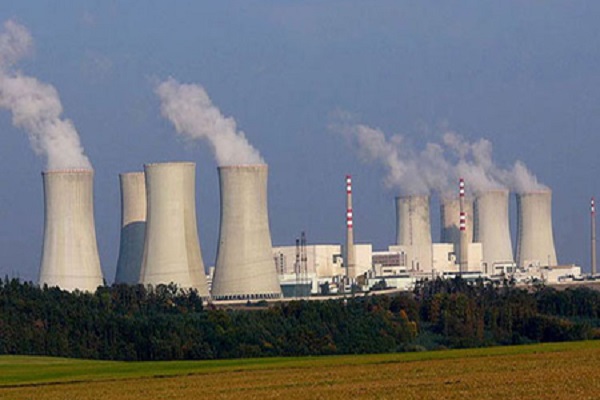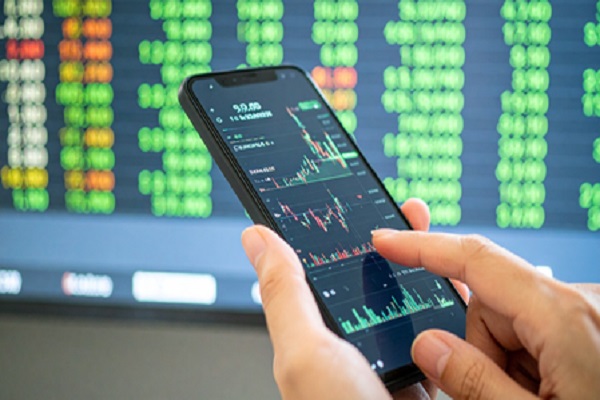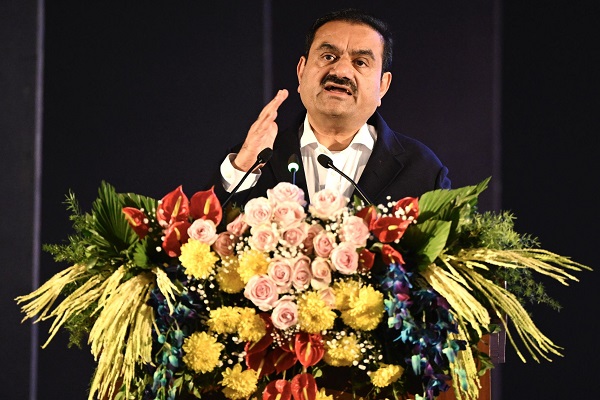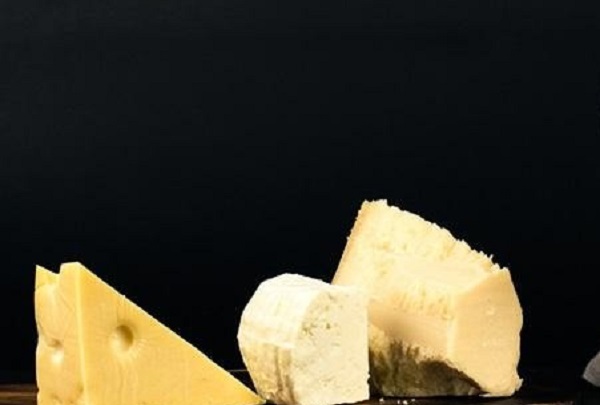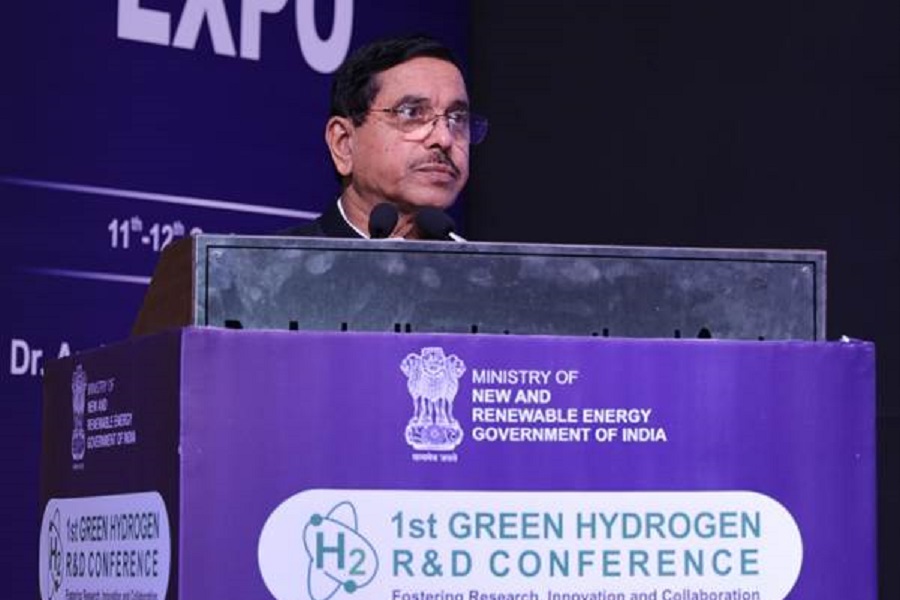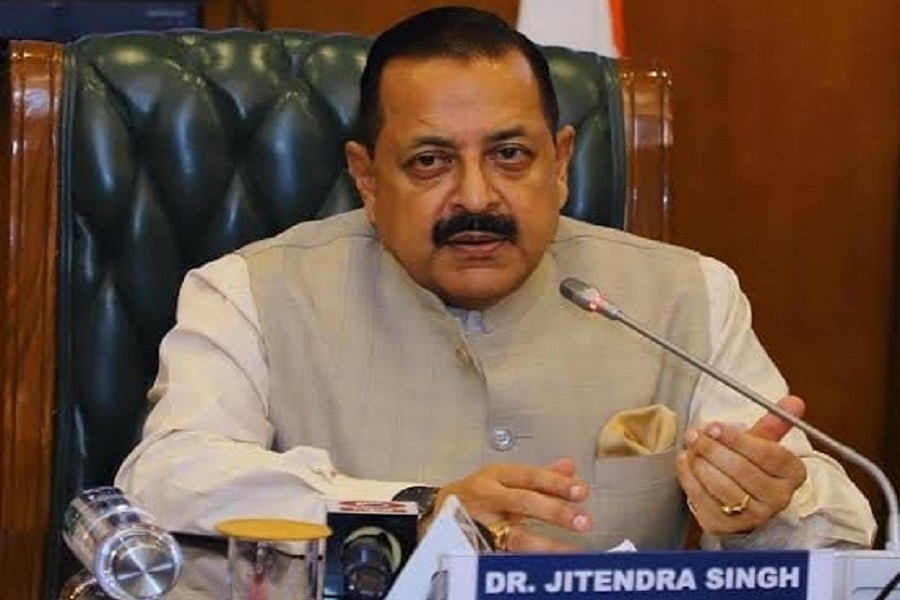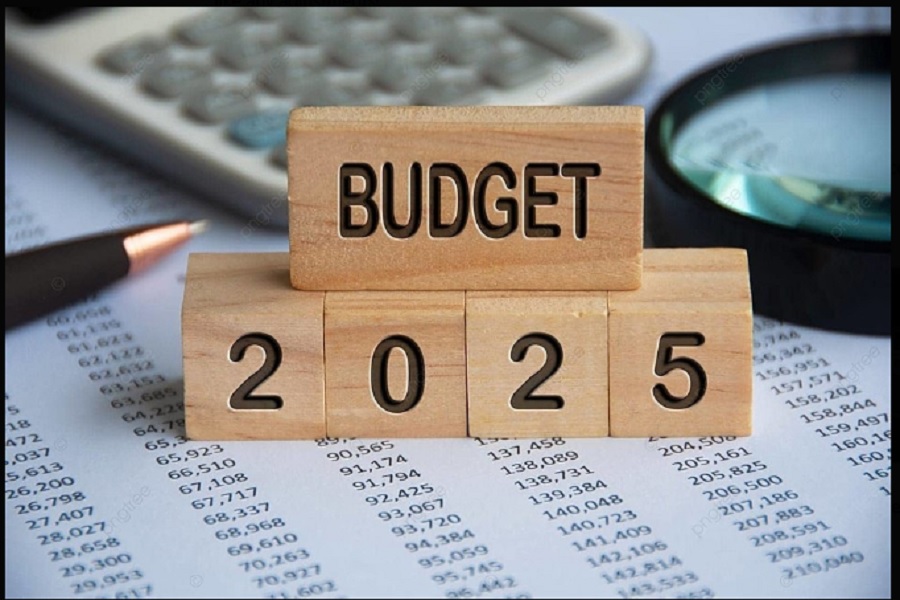How is Consumer Price Index computed in India? - Motilal Oswal

How is Consumer Price Index computed in India?
Inflation is becoming a growing concern across the world. Not only has the headline inflation – measured by the Consumer Price Index (CPI) – reached 5% YoY in the US, it stood at an unexpectedly higher level of 6.3% YoY in May’21 in India as well. Considering the changing inflation dynamics, it becomes of paramount importance to understand the methodology of the monthly CPI estimation in India. Accordingly, we hosted Mr Rakesh Kumar, Director, Price Statistics Division, Ministry of Statistics and Programme Implementation (MOSPI), for an interaction – he explained the methodology of the CPI compilation on a monthly basis, the challenges faced during the national/regional lockdowns, and details regarding the sub-groups within the CPI.
Here are the key highlights from the call:
What are the differences between the CPI and WPI methodologies?
* The price indices of items, for which data is unavailable, are treated differently in the WPI and CPI methodologies. In WPI, the index of the previous month may be carried forward, while the price indices for such items are imputed in the CPI estimation. Consequently, while WPI tends to under-estimate the price, there may be some over-estimation bias in CPI. Ideally, taxes should be excluded from the Producer Price Index (PPI); however, due to technical difficulties, the GST impact may be included in WPI.
What explains the high inflation in recreation/amusement in May’21?
* During the first lockdown, the price indices of the recreation basket were entirely imputed in April/May’20. However, there was no national lockdown during the second wave in May’21. Therefore, data in some states was available for some items in recreation/amusement, which was used in the CPI estimation.
* The fluctuation in the recreation/amusement basket in May’21 was based on the limited data available. For instance, it may be possible that data would generally be collected from 15 states; however, due to physical restrictions, it was available for only three states in May’21. According to the CPI protocol, if data is not available for 12 states, their weight would be distributed to the three states for which data is available. As for the revision in back data, he clarified that once a particular month’s data has gone missing, there is no way for the ministry to get it, and the CPI computation methodology strictly does not allow the repetition of indices from previous months. Therefore, there would be no revision in back data.
Are online retail prices, using e-commerce transactions, included in the index?
* MOSPI currently does not capture online prices. However, it is contemplating a project with IIT Madras to capture such prices (US, Canada, etc. are already doing it) from Amazon, Flipkart, JioMart, Reliance Retail, and the likes. The project would involve using data science analysis, taking data directly from the retailers’ servers, or web scraping them. Since the method would involve having better technical know-how and large databases, it requires making numerous small decisions (such as the level of precision, frequency, volume, and reference price). Mr Kumar confirmed that the National Statistics Office is working on this, and in the next base revision, the ministry would hopefully be able to incorporate some portion of the R&D in its compilation process.
What explains the differences in the prices between MOSPI and Department of Consumer Affairs?
* The Department of Consumer Affairs (DCA) provides daily data of 22 essential items, including pulses, edible oils, and few vegetables. There are two major differences between CSO price indices and DCA data. First, the sources of data collection for the two agencies are different. DCA collects data from the civil supply departments of state governments, while CSO collects data from field officers. Second, DCA’s specifications are fixed at the state level, while CSO’s specifications are fixed at the market/local level.
* Mr Kumar also explained that the detailed daily data from DCA showed that the price of rice changed drastically by ~50% within just a single day (after remaining constant for nearly two weeks), which may have been due to a change in the rice quality. There are provisions to handle such changes in MOSPI, which may explain the large divergence between the DCA and MOSPI inflation data in May’21.
Free products are excluded from the CPI estimation
* The free distribution of cereals is not covered under CPI. Since CPI is estimated using a geometric mean, any item with ‘zero’ price cannot be considered. The weight of such items, thus, is re-adjusted to other items within the same basket.
* Since CPI is a monetary policy target in India, the recommendation is to avoid freely available items. In contrast, if the purpose of CPI is to provide a relevant benchmark as a compensation index (such as CPI for industrial workers) for use for dearness allowance adjustments by the central and state governments, then such free items may be included.
The CPI suffers from several other compilation issues
* CPI details suggest that ‘telephone charges’ have increased by ~11% YoY in the past 12 months or so. Mr Kumar explained that this is primarily due to massive changes in the Telecom industry. Earlier, call charges per minute used to be included in CPI; however, calling is now free of charge. Therefore, MOSPI has now shifted to include base package charges instead of calling charges per minute. If the base package were to rise, this would push CPI index ‘telephone charges’ higher. Besides, there are similar challenges with ‘airline’ and ‘electricity’ charges, which have been adversely affected by the current situation.
What is being done to improve the quality of inflation data in India?
* There is no doubt that limited data availability affects the quality of the CPI data. However, the agency has deemed it useful to provide an official estimate of the inflation seen during Apr–May’20, in the absence of which users may have used their own estimates.
* We note that most of the alternatives available (such as the Billion Prices project) are based on digital transactions primarily related to food items (as much as 90%). Ultimately, even our imputed/observed CPI data is based on this.
* Mr Kumar emphasized the need to create more alternatives to strengthen the system.
To Read Complete Report & Disclaimer Click Here
For More Motilal Oswal Securities Ltd Disclaimer http://www.motilaloswal.com/MOSLdisclaimer/disclaimer.html SEBI Registration number is INH000000412
Above views are of the author and not of the website kindly read disclaimer
